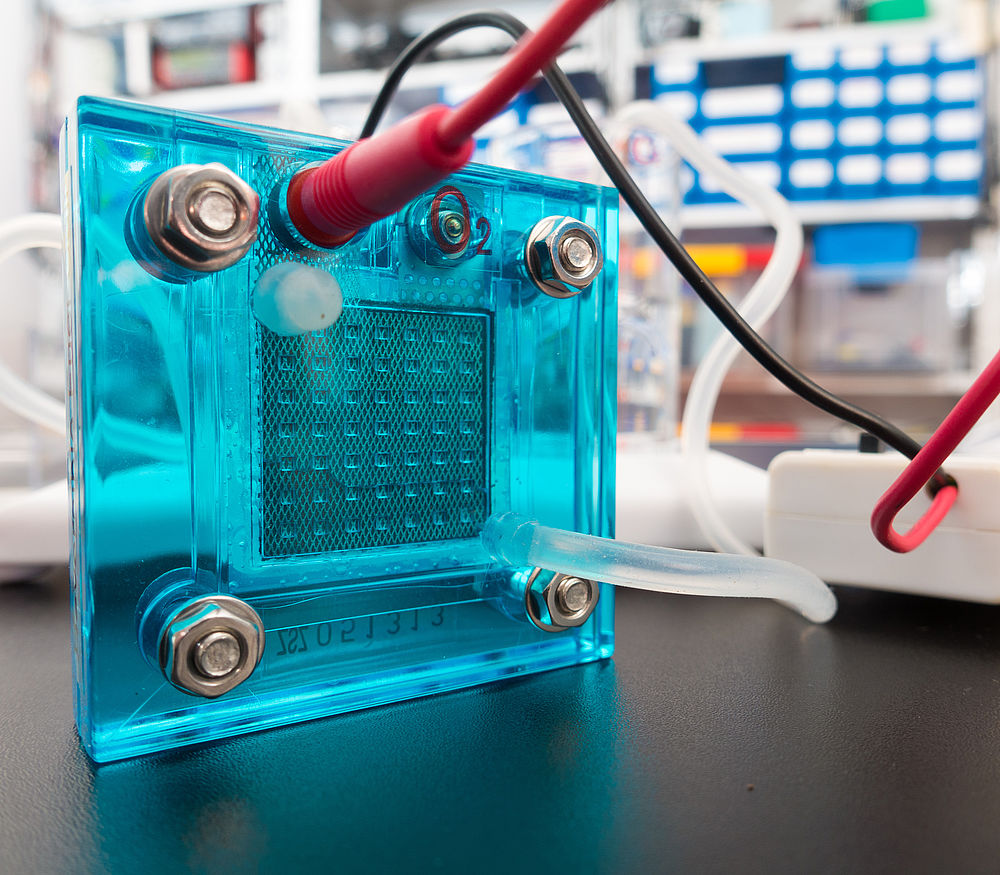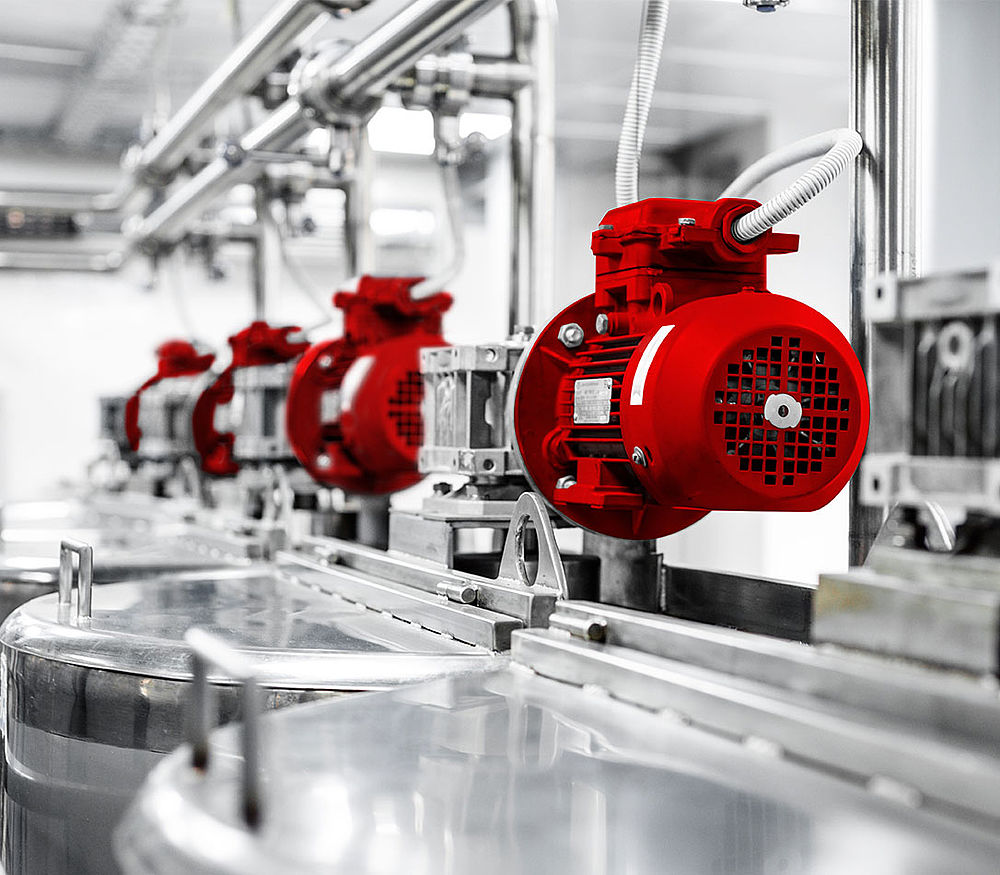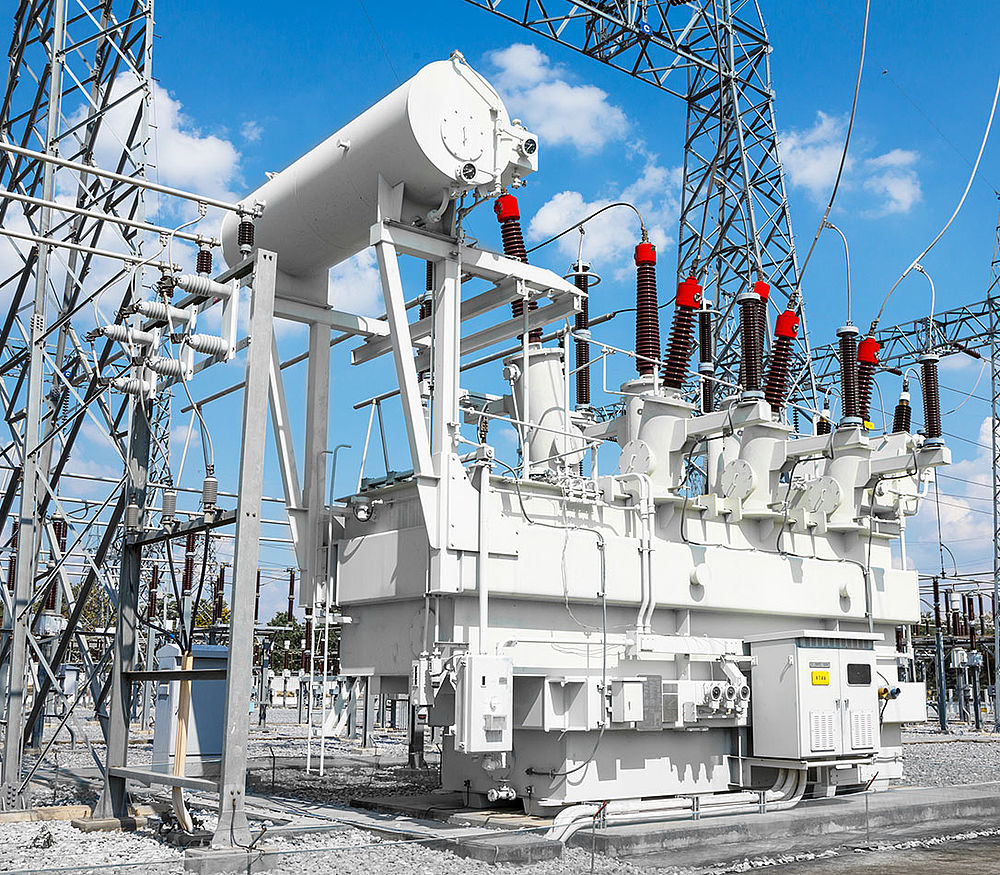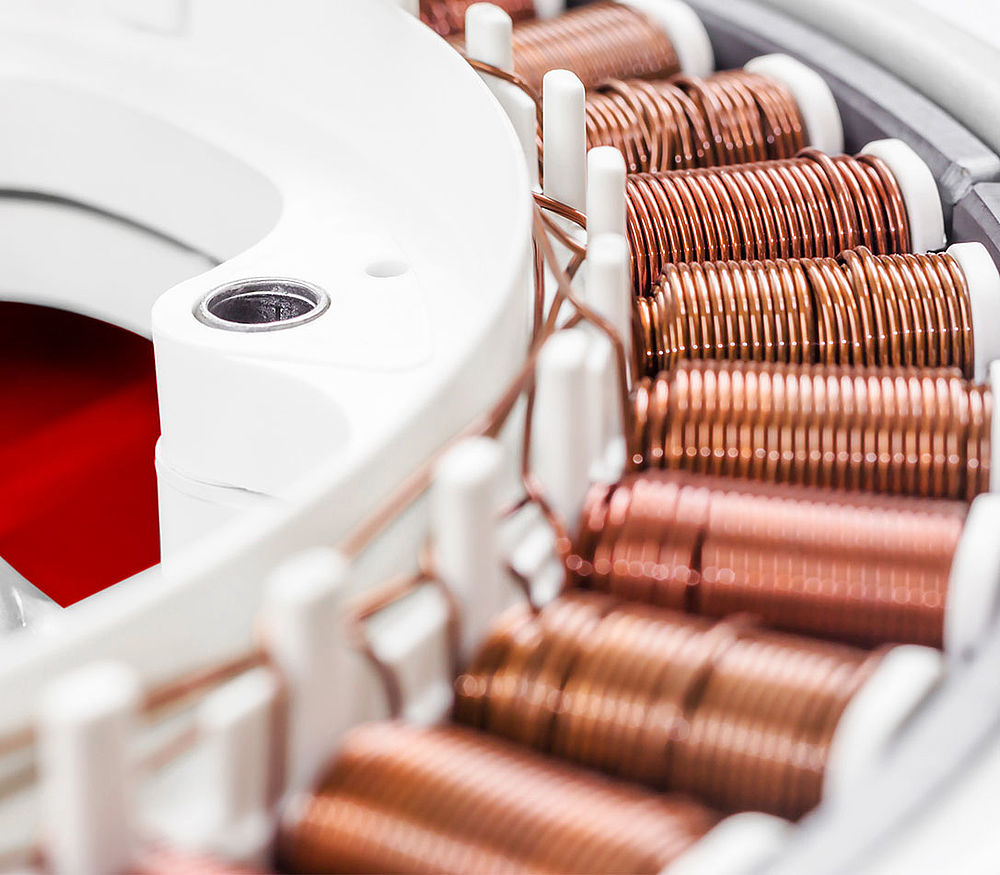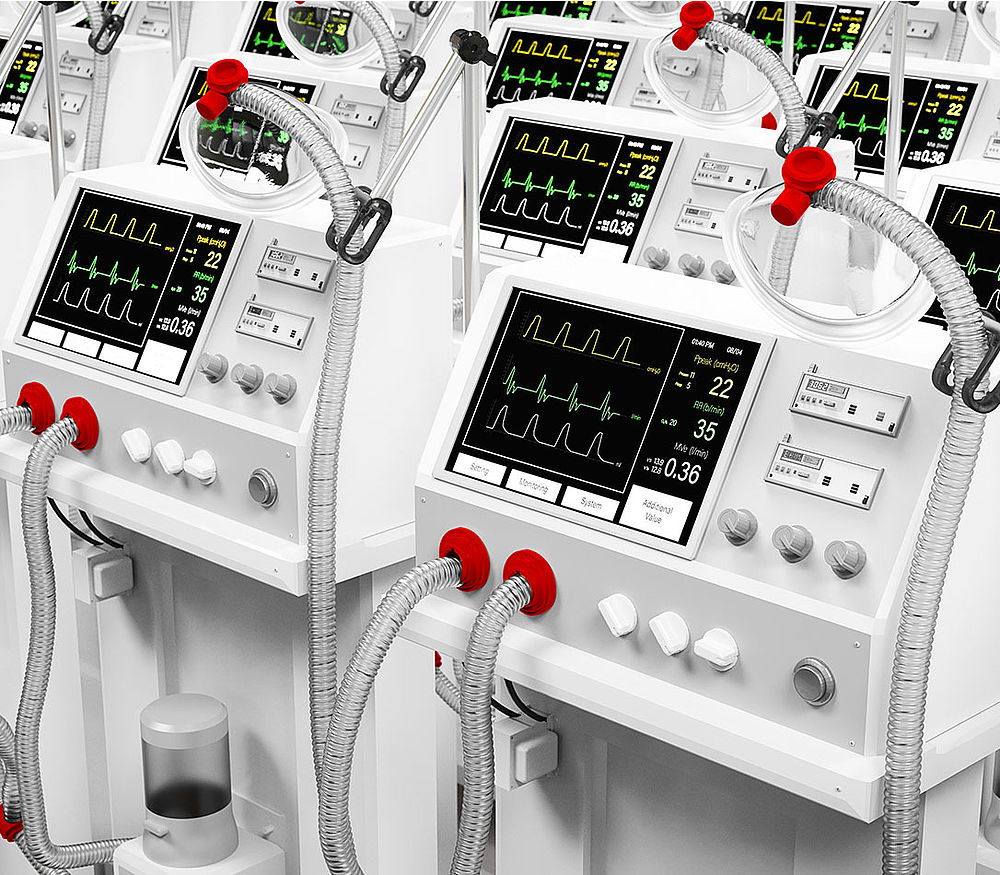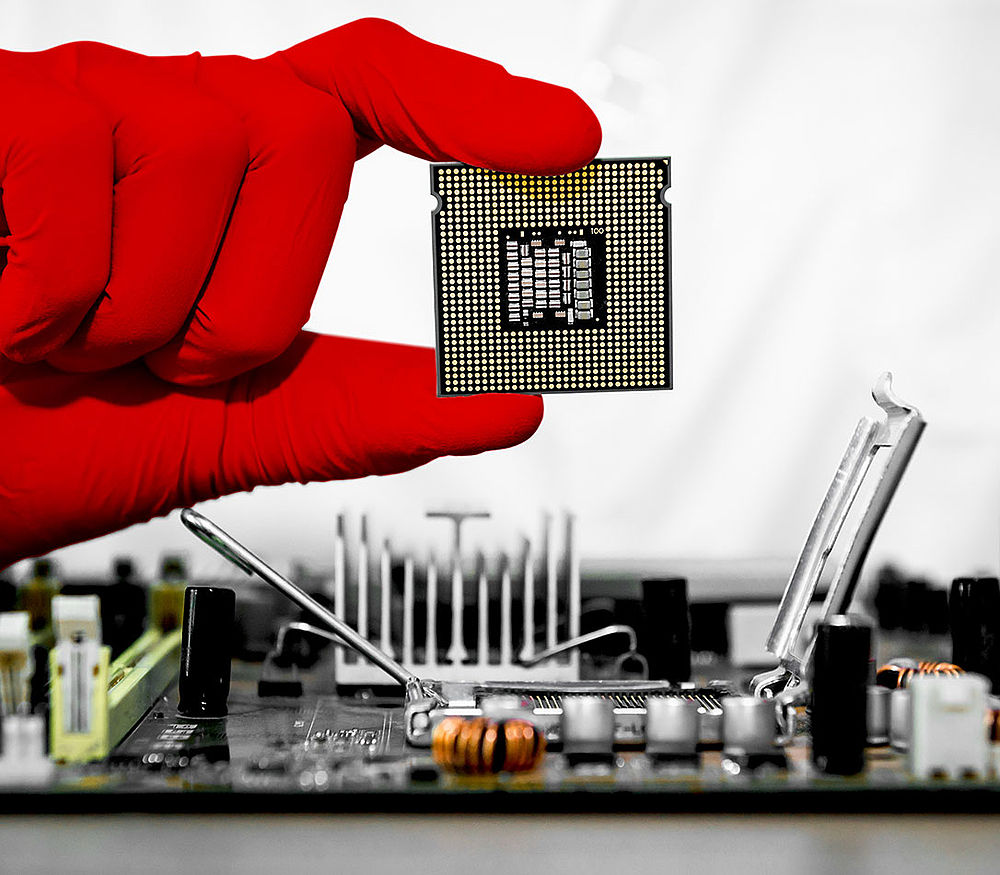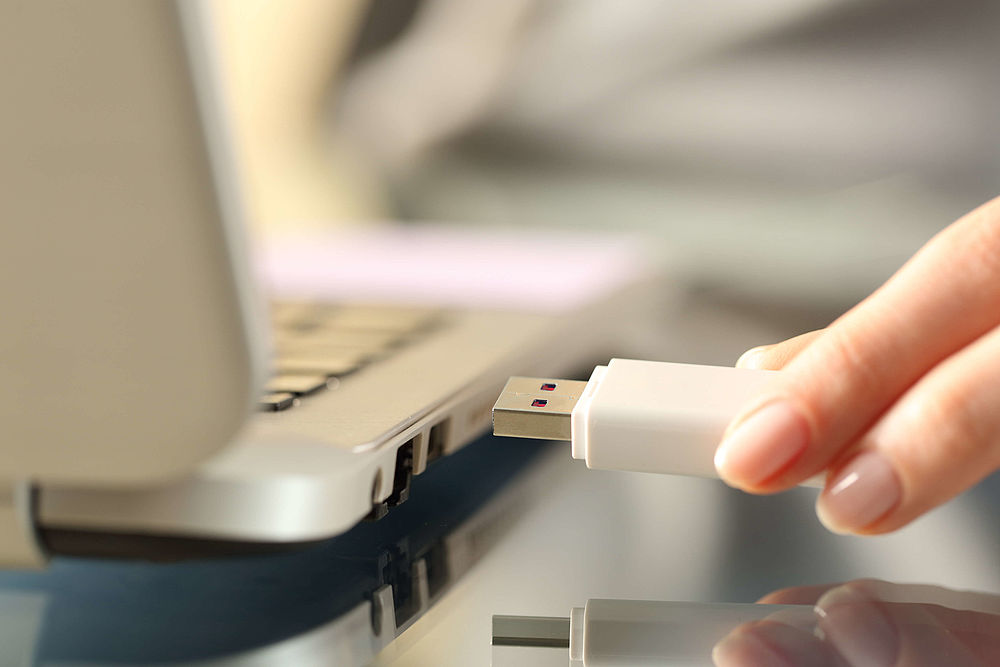Winding wire SHSold® V180 Glide
- Enamelled round copper wire, solderable and self lubricating
- Insulated with polyurethane
- Class 180
SHSold® V180 Glide is an enamelled copper wire of thermal performance class H and allows quick and direct soldering. The most outstanding characteristics of the wire is the possibilty of efficient and safe contacting of the wire ends by quick and exact soldering at solder bath temperatures from 390 °C upwards without prior mechanical removal of the insulation film. This type of enamelled copper wires fulfills the technical requirements of modern winding techniques and can be well impregnated and cast with compounds in accordance with the manufacturer‘s instructions. The excellent thermal resistance characteristics offer protection when wire-wound coils have to be compound cast and when subject to shorttime overloads. The chemical resistance to aggressive liquid and gaseous mediums is limited, and therefore we recommend that you carry out compatibility tests before using this enamelled copper wire. SHSold® V180 Glide can be easily welded and mechanically connected. Sophisticated process technology and process setting ensure easy mouldability, good elongation plus constant and good insulation characteristics of these wires. The final layer of varnish serves the purpose of providing a superior gliding surface, giving the wire excellent windability features at higher speeds, and enabling a higher filling factor plus reduced soiling of the winding machines. The reduced coefficient of friction helps to avoid damage to the wire during winding and thus maintains the insualtion properties of the wire.
Application
Contactors, magnetic coils, relays, small motors, transformers, inverters
Standards
IEC / DIN EN 60317-51
NEMA MW 82-C
UL approved
Delivery forms
Grade 1: 0.112 - 0.710 mm (> 0.710 mm on request)
Grade 2: on request
Technical data
Typical properties of enamelled round copper wire 0.500 mm, with insulation film grade 1
| Property | Unit of measure | Set value | Actual value (typ.) |
|---|---|---|---|
| Overall diameter | mm | min. 0.524 - max. 0.544 | as set value |
| Bare wire diameter | mm | as set value | |
| Adhesion (no cracks in film after winding) | mandrel diameter 0.500 mm | 1 x d/10 % pre-elongation | |
| Scrape resistance | N | ≥ 3.100 | ≥ 6.000 |
| Pencil hardness | H | 2H - 3H | |
| Elongation at break | % | ≥ 28 | ≥ 37 |
| Coefficient of friction | µ | / | ≤ 0.110 |
|
(1) Due to the variety of individual applications we cannot make any generally binding commitments regarding the compatibility. We recommend testing compatibility with the materials being used. |
|||
| Property | Unit of measure | Set value | Actual value (typ.) |
|---|---|---|---|
| Temperature index TI | °C | 180 | 185 |
| Cut through temperature (pre-heated block) | °C | 230 | ≥ 230 |
| Dielectric loss factor (bending point) | (°C) (tan δ) | / | ≥ 140 |
| Heat shock at 200 °C (no cracks in varnish coat after winding) | mandrel diameter 1.120 mm | 1 x d / 10 % pre-elongation | |
| Solderability | bei 390 °C | ≤ 4 | ≤ 2.5 |
|
(1) Due to the variety of individual applications we cannot make any generally binding commitments regarding the compatibility. We recommend testing compatibility with the materials being used. |
|||
| Property | Unit of measure | Set value | Actual value (typ.) |
|---|---|---|---|
| Dielectrical strength at RT | kV | ≥ 2.4 (twist) | ≥ 3 (cylinder) |
| High voltage discontiniuties 750V | ≤ 10 on 30 m | ≤ 7 on 100 m | |
| Electrical conductivity | MS/m | 58 - 59 | ≥ 58.5 |
|
(1) Due to the variety of individual applications we cannot make any generally binding commitments regarding the compatibility. We recommend testing compatibility with the materials being used. |
|||
| Property | Set value | Actual value (typ.) |
|---|---|---|
| Pencil hardness (storage in standard solvent ½ h / 60 °C) | min. H | 2H - 3H |
| Pencil hardness (storage in alcohol ½ h / 60 °C) | min. H | H |
| Resistance to commercial impregnants^(1) | / | yes |
| Resistance to commercial refrigerants^(1) | / | no |
| Resistance to commercial dry transformer oils^(1) | / | not recommended |
| Resistance to commercial hydraulic oils^(1) | / | no |
|
(1) Due to the variety of individual applications we cannot make any generally binding commitments regarding the compatibility. We recommend testing compatibility with the materials being used. |
||
